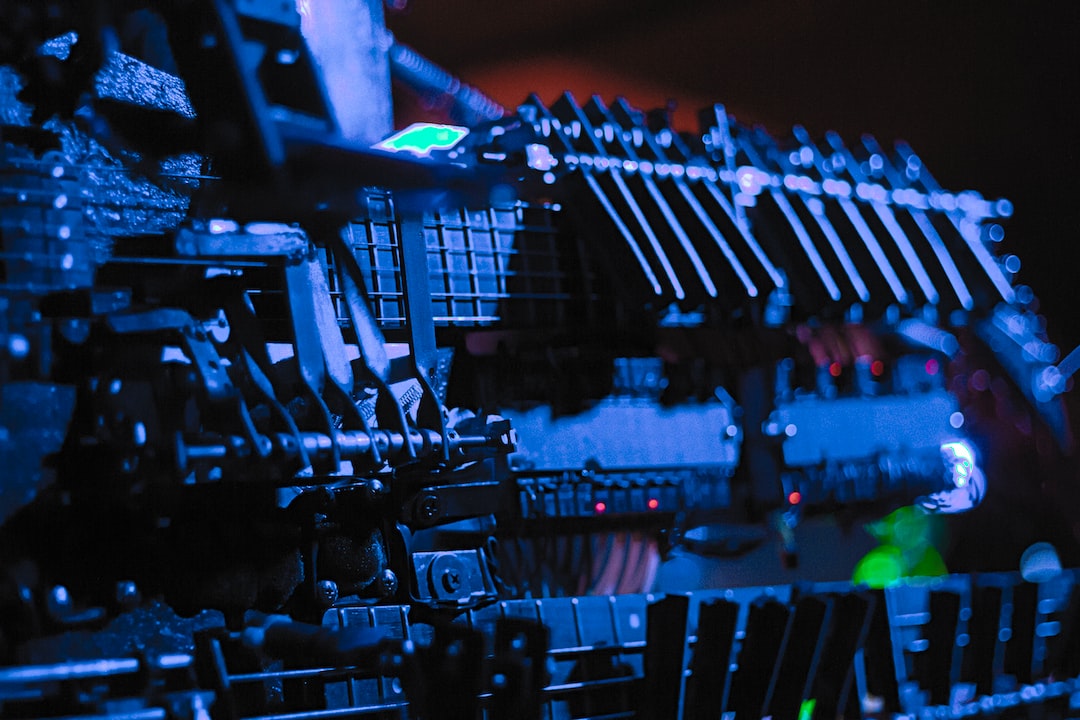Virtual reality (VR) has rapidly become one of the most influential technologies of our time, making waves across multiple industries. The manufacturing industry, in particular, is undergoing a significant transformation thanks to the integration of VR. By offering cutting-edge solutions and immersive experiences, VR is revolutionizing the way manufacturers design, produce, and deliver their products. In this blog post, we will explore how virtual reality is changing the manufacturing industry and discuss the numerous benefits it brings.
Product Design and Prototyping:
One area where virtual reality is having a profound impact on the manufacturing industry is product design and prototyping. Traditionally, designers relied on physical prototypes to validate their ideas and make adjustments. However, this process was time-consuming and costly. With virtual reality, designers can now create virtual prototypes and explore their ideas in a 3D virtual environment. This allows for greater flexibility and faster iterations, reducing costs and saving time. Furthermore, VR enables designers to collaborate and make real-time changes to the virtual prototype, regardless of their geographic locations. This speeds up the design process and enhances collaboration among teams.
Training and Skills Development:
Another significant area where virtual reality is transforming manufacturing is training and skills development. The industry has always faced challenges in training new employees due to the complex and potentially dangerous nature of the work. VR provides a safe and immersive learning experience, allowing trainees to practice various tasks and procedures without any risk. They can simulate operating complex machinery or handling hazardous substances, gaining hands-on experience without endangering themselves or damaging expensive equipment. Additionally, VR allows for interactive training sessions, enabling trainers to give real-time feedback and monitor trainee progress. This efficient and cost-effective training method is revolutionizing the industry by accelerating employee skill development and reducing accidents in the workplace.
Collaboration and Communication:
Communicating complicated manufacturing processes can be a challenge, especially when working across different teams or departments. VR provides a solution to this problem by enabling immersive collaboration and communication. With VR headsets, teams can connect from different locations and virtually come together in a shared virtual environment. They can visualize and manipulate 3D objects, review designs, and simulate assembly procedures together. This enhanced collaboration not only saves time and costs associated with traveling but also improves decision-making and reduces the risk of misunderstandings. Engineers, designers, and stakeholders can engage in real-time discussions and make informed decisions, leading to more efficient and effective manufacturing processes.
Safety and Risk Mitigation:
Safety is paramount in the manufacturing industry, and VR is playing a vital role in ensuring a safe working environment. VR allows manufacturers to identify potential safety risks and hazards by creating realistic simulations. By immersing workers in these simulations, they can train on safety protocols, emergency procedures, and hazardous situations. This innovative approach minimizes risks and accidents by preparing employees for various scenarios beforehand. Additionally, VR can help in identifying ergonomic issues and improve workplace ergonomics, reducing injuries caused by repetitive strain or improper posture.
Maintenance and Remote Assistance:
In manufacturing, equipment breakdowns and maintenance issues can be costly and time-consuming. Virtual reality is helping manufacturers resolve these challenges by offering maintenance and remote assistance solutions. VR enables technicians to access real-time information, remote experts, and documentation while performing maintenance tasks. This minimizes downtime, reduces travel costs, and ensures accurate and timely maintenance of equipment. Moreover, manufacturers can create virtual replicas of their equipment, allowing technicians to practice repairs and procedures in a safe, virtual environment before tackling the task in the real world.
In conclusion, virtual reality is revolutionizing the manufacturing industry by completely changing the way products are designed, developed, and manufactured. From product design and prototyping to training, collaboration, safety, and maintenance, VR offers a wide range of benefits. It enhances productivity, reduces costs, improves worker safety, and accelerates innovation. As the technology continues to evolve, manufacturers need to embrace virtual reality to stay competitive in a rapidly changing industry.
